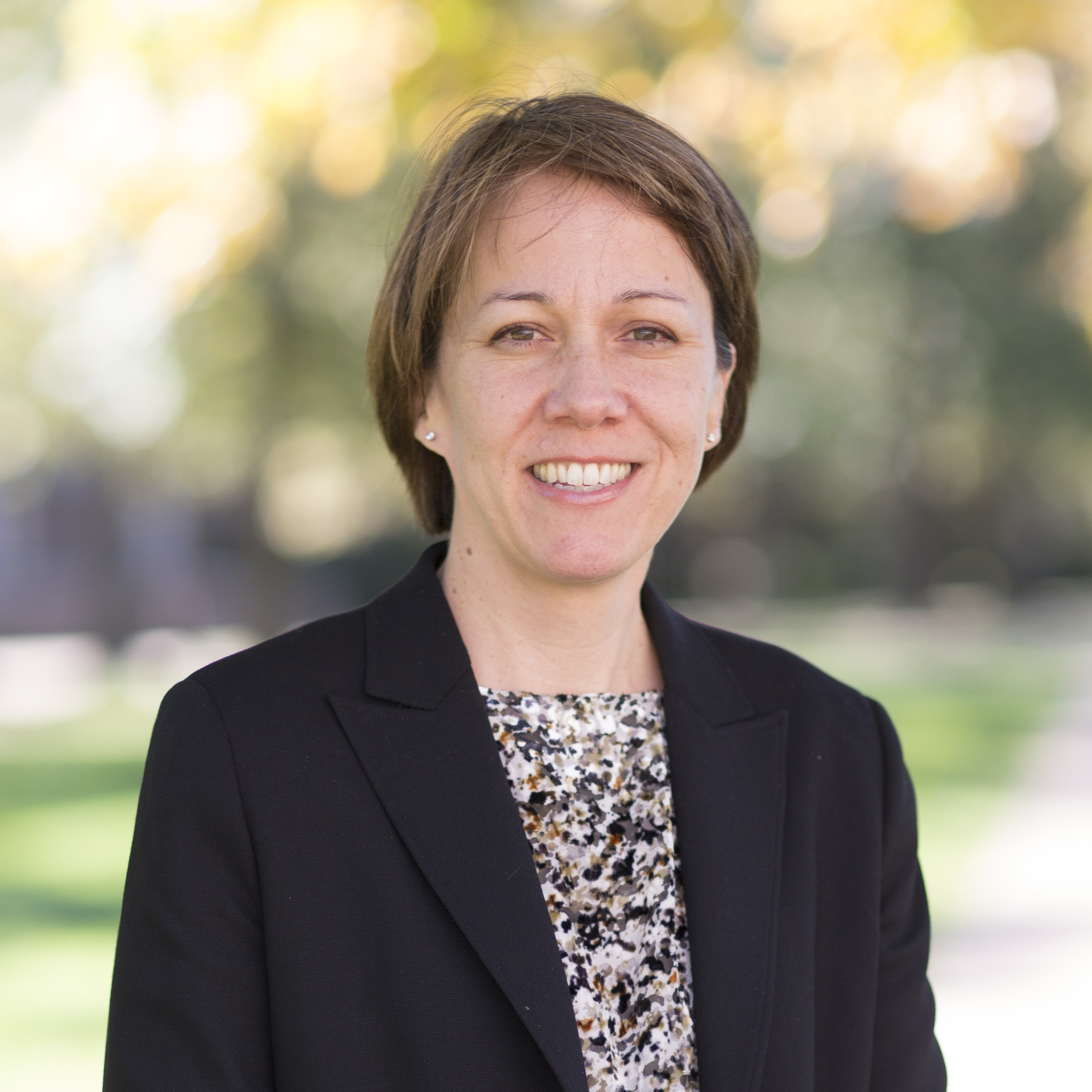
05 Aug TSRC’s Town Talk: Catching Carbon
Professor Sophia Hayes speaks at the Telluride Conference Center, Tuesday, August 8, 6 p.m., part of Telluride Science Research Center’s (TSRC) weekly Town Talks in Mountain Village. Her subject: catching carbon and stopping the greenhouse effect in its tracks. Specifically at the talk, “‘Fingerprinting’ CO2 for Better, Safer Carbon Capture and Storage,” Professor Hayes takes a deep dive into the world of carbon capture and conversion, exploring how scientists can study and develop a new means of solving one of our greatest problems, if not the greatest problem, facing the world today.
Admission is free; cash bar opens at 5:30 p.m.

Sophia E. Hayes, Professor in the Department of Chemistry, is the recipient of the American Chemical Society St. Louis Award. Photo by Whitney Curtis/WUSTL Photos
In most people’s minds, global climate change is synonymous with carbon dioxide or CO2. It comes out of our cars and floats out of our factories. As a result, as most people know who read the headlines, CO2 is filling up our atmosphere.
As those little molecules float up and into the air, they contribute to that infamous greenhouse effect, absorbing the sun’s rays and keeping heat from escaping the surface of the planet. For anyone who has been in a sunlit greenhouse, you feel this effect within any heat-trapping enclosure. Though this process is the reason our planet is warm and livable, it is also clear we are pushing the boundaries of what is healthy and sustainable: glaciers are melting, sea levels are rising, and so the planet’s climate is changing dramatically.
And hard science says that is not a good thing.
There are lots of proposed solutions to cut greenhouse gas emissions, especially carbon-containing greenhouse gases (such as methane and carbon dioxide), but most involve switching to new energy sources altogether. What we have been missing is a way to clean the carbon out of existing emissions before they even leave the smokestack.
Until now.
Sophia Hayes, a professor of chemistry at Washington University in Saint Louis, is currently working with her team to develop new ways to filter out the CO2 we are producing at power plants and other industrial sites.
The technique, called carbon capture and sequestration, “involves capturing the carbon dioxide in the emissions of these plants and either turning it into commodity chemicals for other uses or injecting it underground where it can form minerals,” explained Professor Hayes.
By doing that, high amounts of carbon dioxide are removed that would otherwise be released into the atmosphere, thereby reducing the unwanted greenhouse effects seen in the past and continuing today.
“Every molecule has a signature (‘a fingerprint’), and the challenge is to use these different fingerprints to understand how the molecules interact,” said Hayes. “We use a technique called NMR, which is related to the MRI images people get at at hospitals, to look at those ‘fingerprints’ to see how CO2 is captured by different materials, as well as how it can be converted into minerals called carbonates.”
NMR works because the technology has extraordinary resolving power, which allows otherwise inscrutable objects to be studied, allowing for deeply detailed view of the subject at hand.
Again, the research Professor Hayes is conducting using NMR allows scientists to develop new and better ways to convert the carbon in at least some of our emissions.
“The problem is relevant not only to our generation, but to the generations that will follow,” said Professor Hayes
TSRC Town Talks are a series of weekly talks for the public in Telluride, sponsored by the nonprofit Telluride Science Research Center. Over 1,400 scientists from all over the world come to Telluride each year to discuss new ideas and build research partnerships. You can learn more about TSRC and its current work at www.telluridescience.org.


Sorry, the comment form is closed at this time.